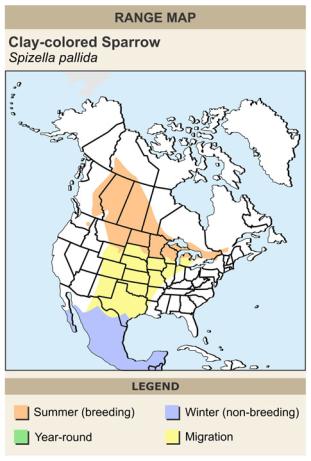As are vireos, this bird is an active forager in mixed oak-evergreen woodlands. This is a year-round resident species throughout its range.
It's range, on a continental-scale, is limited; the West Coast and portions of the southwestern United States.
As such, it can be and is sometimes mistaken for the far more widespread Ruby-crowned Kinglet (Regulus calendula) from birders and naturalist from other parts of the continent less familiar with this vireo.
 |
| Hutton's Vireo |
In life, have you ever been mistaken by others about who, what and how you truly were? I certainly have been.
A variation on a Zen proverb is "... listen (*and look, too, in our case) twice, speak once."






















